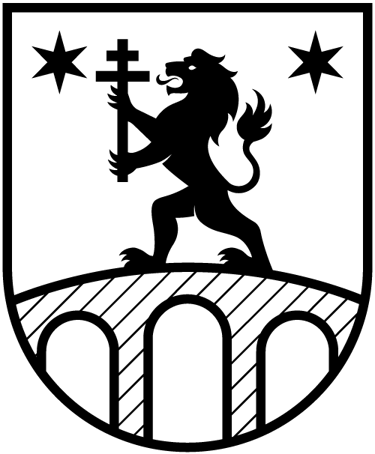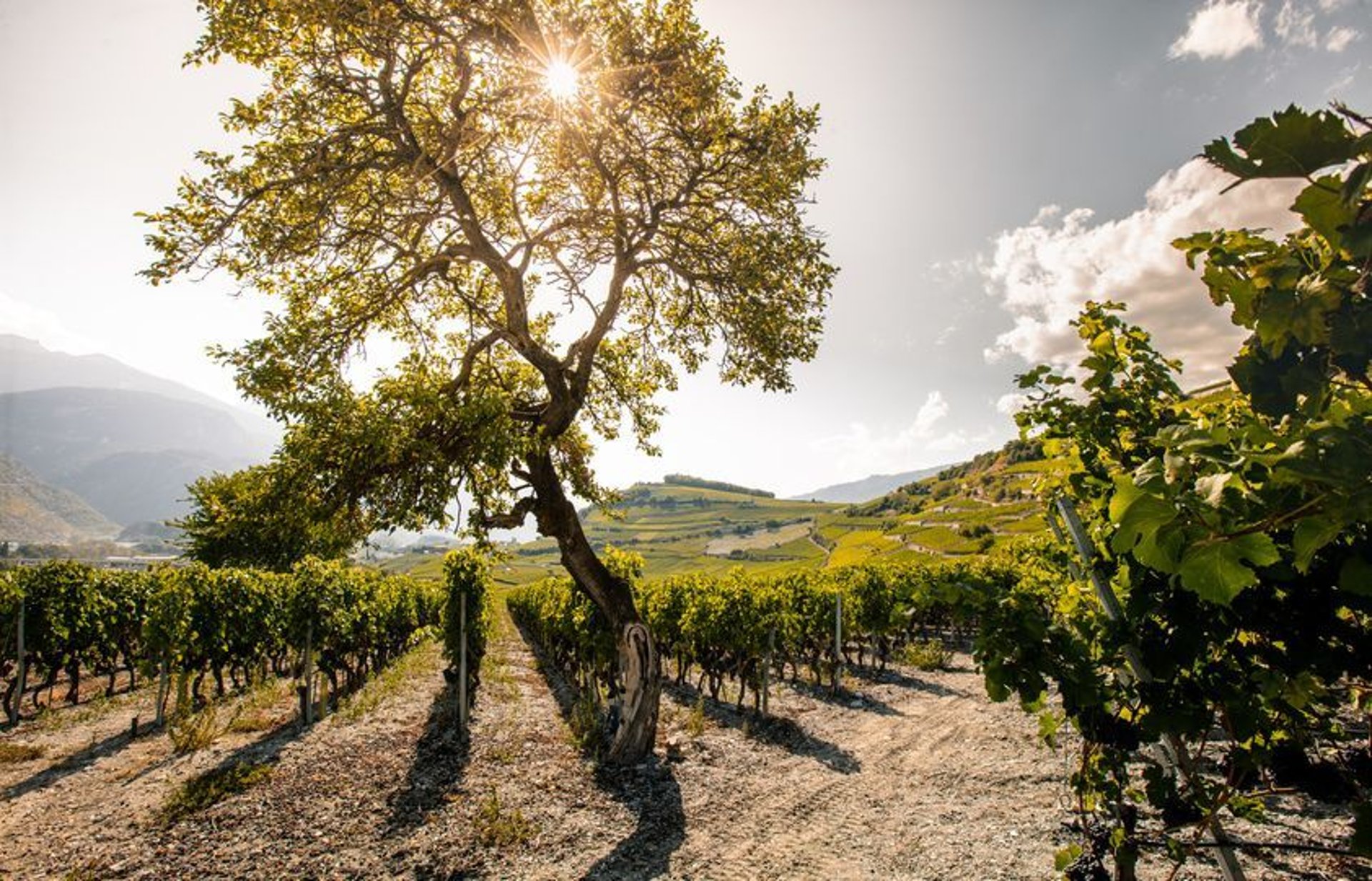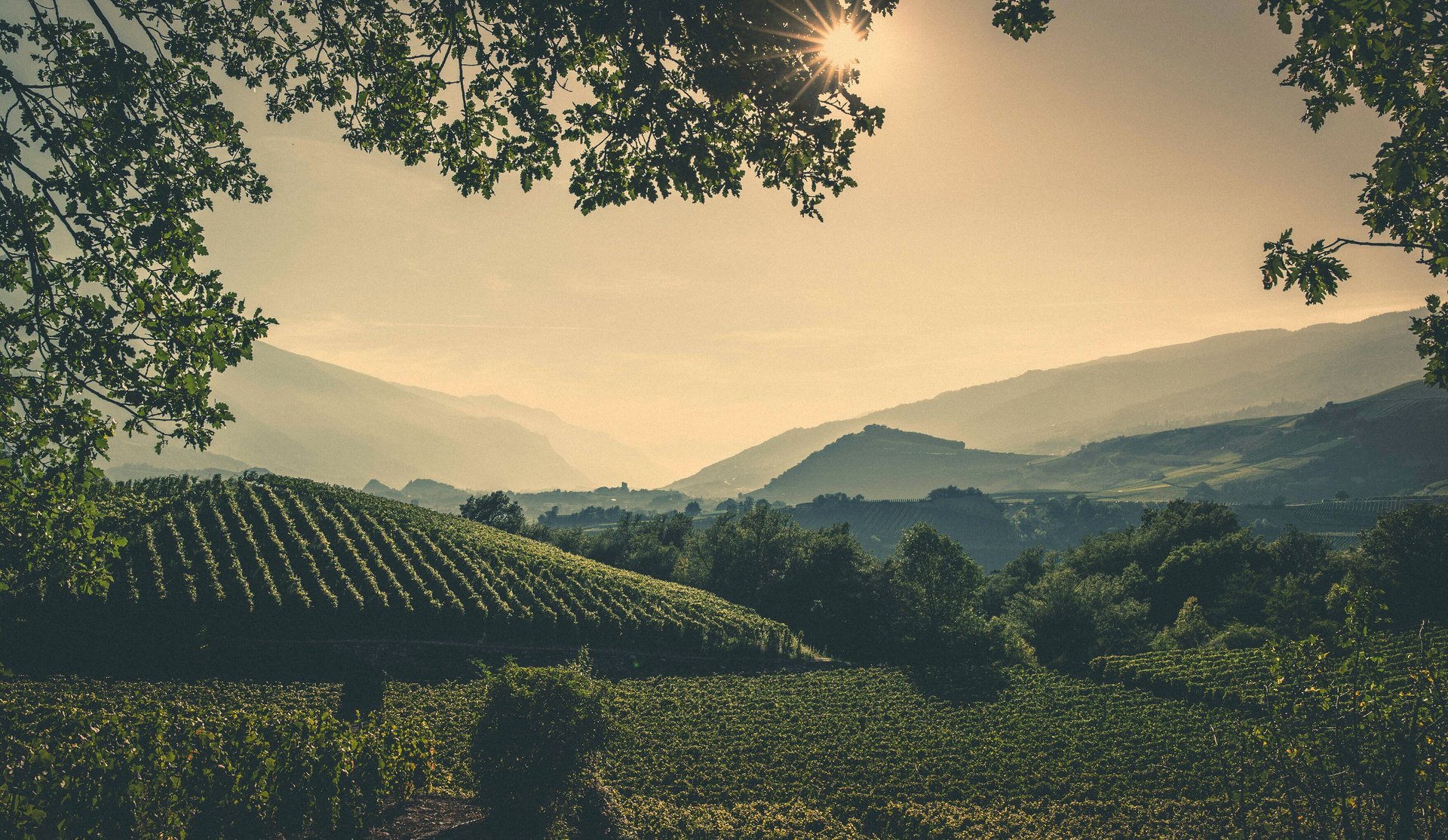
ZURBRIGGEN
IT’S TIME TO KNOW
ZURBRIGGEN - SAAS-GRUND THE FAMILY HISTORY
Zurbriggen - Saas-Grund - Valais - Switzerland
The family history begins in the Saas Valley, a part of the Valais Canton & Repubic in Switzerland.
For centuries, the large Saas family has belonged to this valley.
Many family members have either travelled far or emigrated.
Their wide range of callings, talents and occupations has shaped the family's broad identity and written its rich history.
Alpinist. Architect. Archbishop. Athlete. Bailiff. Banker. Carpenter. Chef. Coach. Constructor. Councilor. Drummer. Entrepreneur. Farmer. Governor. Geologist. Globetrotter. Mason. Master. Mayor. Medical Doctor. Merchant. Mountain guide. Musician. Nuncio. Officer. Olympic champion. Politician. Priest. Physician. Restaurateur. Saxophonist. Scientist. Smuggler. Soldier. Skier.
Ski instructor. Synodal. Tinsmith. Technician. Winemaker. World champion.
Arrival of the Saracens
In 939, Saracens entered the Valais. They were a fierce warrior people. King Hugh of Arles tolerated their presence in order to defend the Alpine passes against the Berengars. The same occurred in Saas, where they adopted the Christian faith and married the daughters of the original inhabitants.
Johannes Petrus Zerbriggen
The recorded lineage of the Zurbriggen family begins at the locality name
«Zer Briggu» in 1690 with Johannes Petrus, who held the distinguished office of
Grand Kastlan
a guardian of peace and order, entrusted with reporting
to the Prince-Bishop to Sion and the Lords of Savoy.
From his legacy emerged a lineage that has endured through eleven generations. Since 1815, his descendants have carried not only the spirit of Valais but also a proud and enduring Swiss identity.
Through the achievements of the mountain guide Matthias 1856–1917, the family name was given to a mountain peak: Colle Zurbriggen, 4,272 m, near Schwarzhorn in the Monte Rosa massif.
WHO THEY WERE
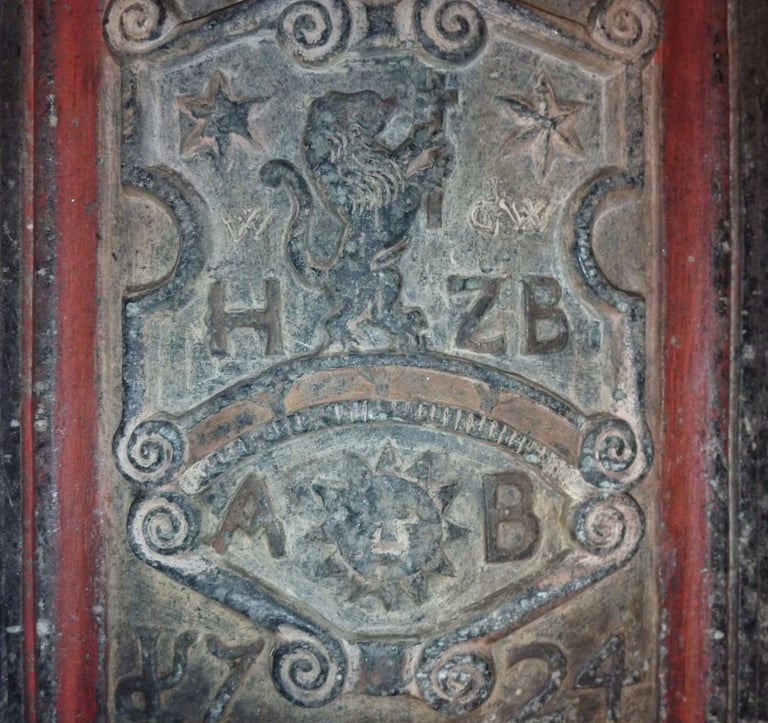

THE GILTSTONE OF ZENLAUWINEN 1724
The oldest Zurbriggen Family Coat of Arms
In the house of Zenlauwinen in Saas-Grund, Johannes Petrus Zerbriggen 1690-1756 had, during the construction of the stove in 1724, the oldest known family coat of arms embedded - combined with that of the Burgener family, in honour of his wife Anna Burgener.
A descendant, Roger 1966, recognized the value of this stone. In a detailed documentation, he recorded the stone, which has remained in family ownership, and made it available for inclusion on this site.
From Johannes Petrus Zerbriggen, born in 1690, to Johann Petrus Zurbriggen, born in 1847, six generations shaped the lineage — five of them bearing the same name: Johann(es) Petrus. This remarkable continuity reflects a deep tradition within the family, passed on over more than a century and a half.
SIX GENERATIONS
JOHANN PETRUS CLEMENS 1847-1899
At that time, alpinism was flourishing. Until his final day, Clemens guided his rope teams safely and confidently to their summits. But on August 28, 1899, tragedy struck on the Dent Blanche: three mountain guides and two English tourists were on the ascent when four of them plunged into the depths - the rope snapped. Only one survivor returned to the valley to deliver the devastating news.
Ten years earlier, Clemens had already become the father of eight half-orphans after the death of his wife. With his own passing, the two youngest children, Regina and Emile, became complete orphans.
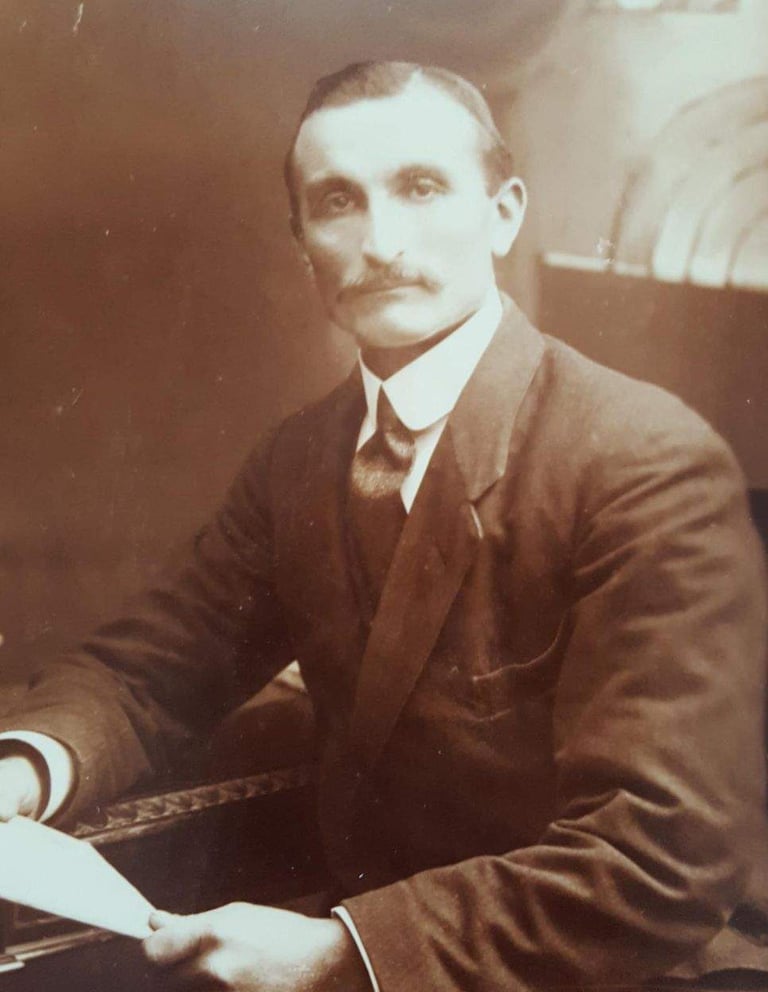

EMILE RAPHAEL 1885-1969
Emile began his professional life in the construction industry at an early age. His first major project was the second tube of the Simplon Tunnel. This was followed by work on renowned dam walls. His expertise in the construction of reservoirs — such as those in the Klöntal and Wägital — soon became sought after in the German-speaking part of Switzerland, where he settled and remained there with his family until the end of his days.
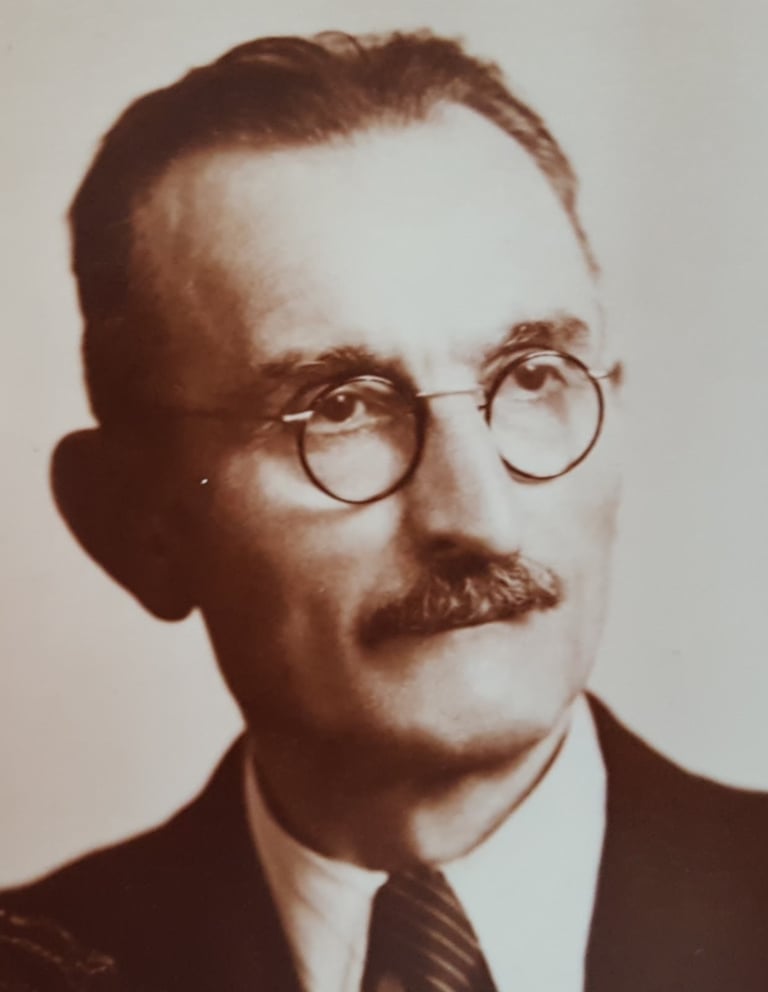

RUDOLPHE 1916-1994
Rudolphe began his apprenticeship as a tinsmith (Bauspengler) in the early 1930s. From his stories, we know that he also learned to navigate the narrow mountain paths to Saas-Fee with pack mules - at that time the only transport routes for the construction of hotels in the Saas Valley. The road accessible by car to Saas-Fee was officially inaugurated by the Federal Council only 1958.
In 1936, Rudolphe continued the Walser tradition of outward migration and settled in Zurich, where his craftsmanship immediately secured him employment. There he founded his family, and in 1956 he even acquired the Zurich citizenship for his sons.
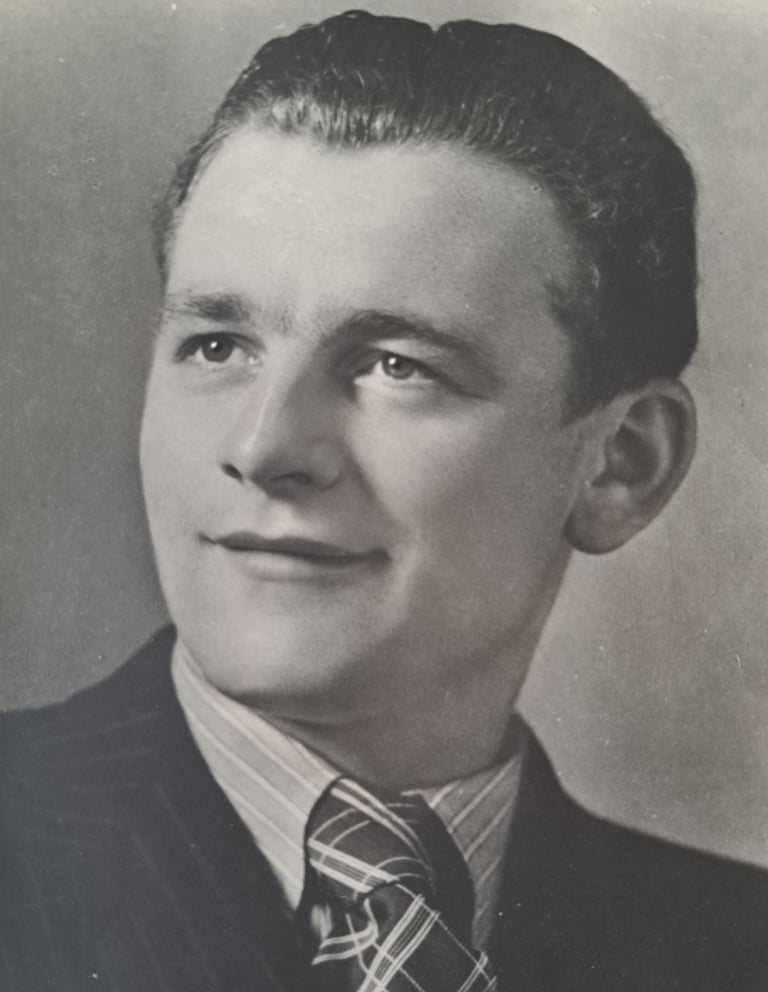

The History is going on.
